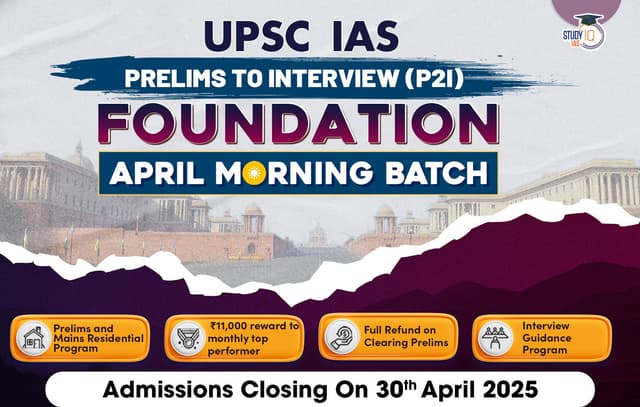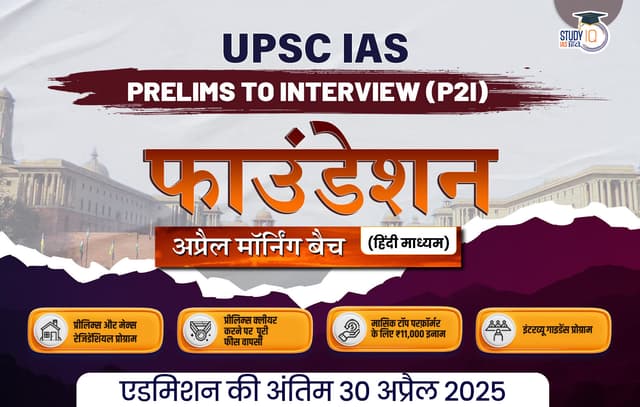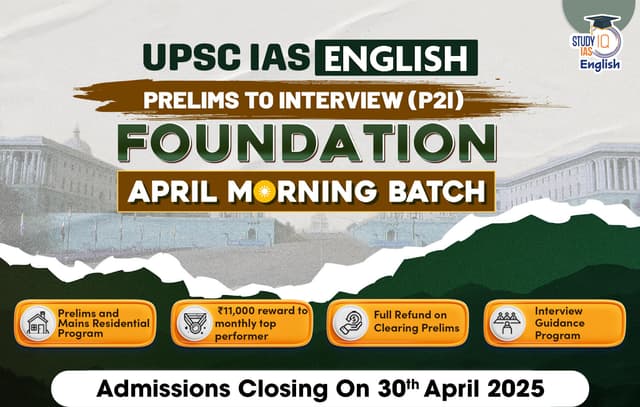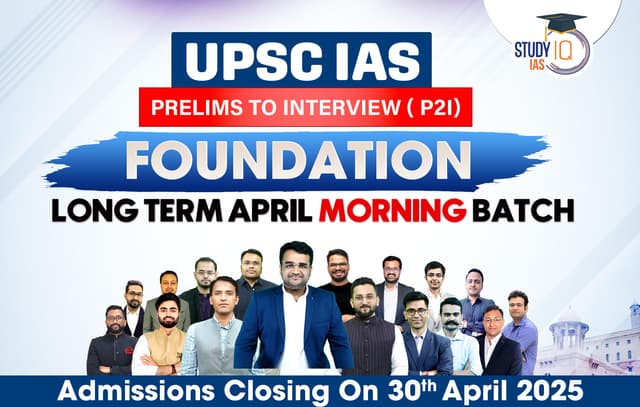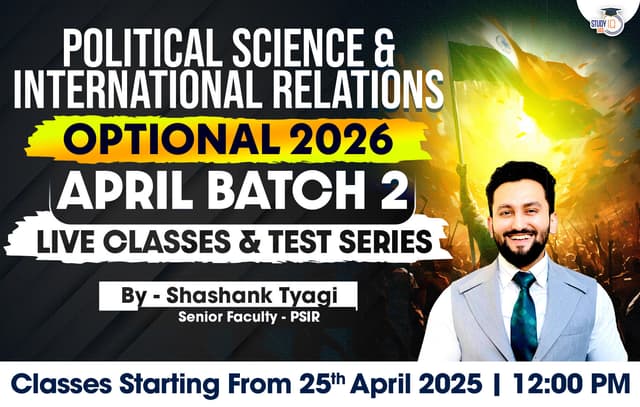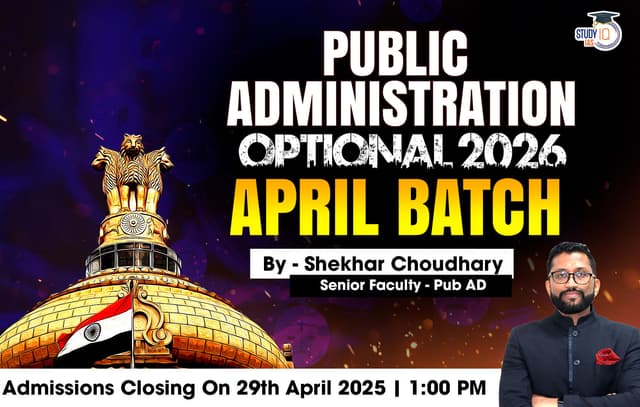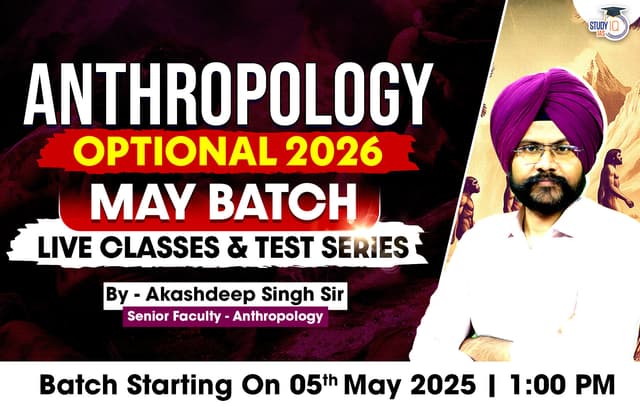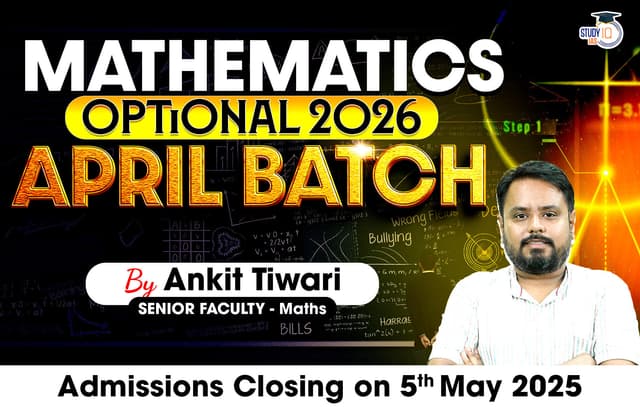Table of Contents
Kharkiv
Context: Russia launched missile attacks on Kharkiv resulting in the death of 7 people in a printing house during the strike.
Mapping- Kharkiv
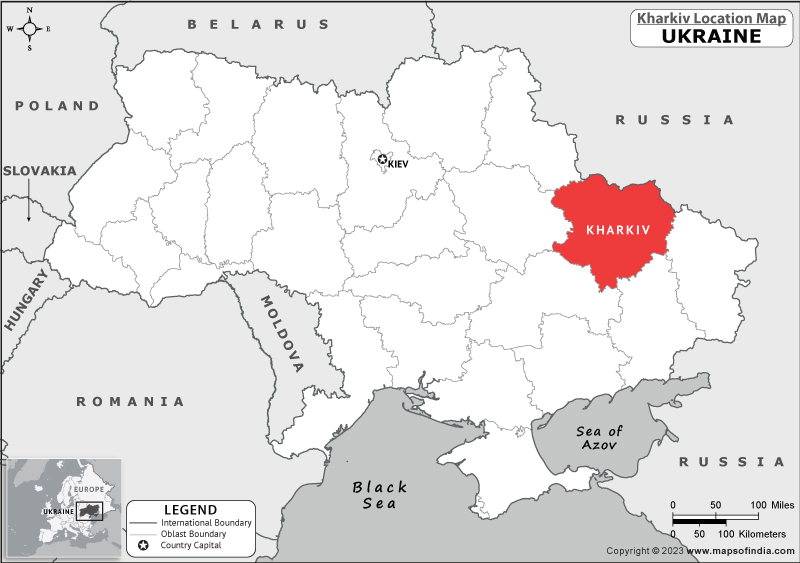
- Kharkiv is situated in the northeastern part of Ukraine.
- It is the second-largest city in Ukraine after the capital, Kyiv.
- It is a major cultural, scientific, educational, industrial, and transportation hub in Ukraine.
- It was the first capital of the Ukrainian Soviet Socialist Republic from 1919 to 1934 before the capital was moved to Kyiv.
Naegleria Fowleri Amoeba
Context:
- A five-year-old girl died on May 20 at the Government Medical College Hospital in Kozhikode.
- She was undergoing treatment for primary amoebic meningoencephalitis (PAM), a rare infection caused by Naegleria fowleri, also known as the “brain-eating amoeba”.
About Primary Amoebic Meningoencephalitis (PAM)
- PAM is a rare brain infection caused by Naegleria fowleri, a free-living amoeba.
- The amoeba lives in warm fresh water and soil worldwide.
Infection Mechanism:
- Entry and Infection:
- Naegleria fowleri infects individuals when it enters the body through the nose, typically during swimming.
- It travels to the brain, destroying brain tissue and causing swelling.
- Non-Infectious Routes:
- Infection does not occur from drinking contaminated water.
- PAM is non-communicable.
Symptoms of PAM:
- Initial Symptoms: Headache, fever, nausea, and vomiting.
- Advanced Symptoms: Stiff neck, confusion, seizures, hallucinations, and coma.
- Prognosis: According to the US Centers for Disease Control and Prevention (CDC), most people with PAM die within 1 to 18 days after symptoms begin, typically leading to coma and death within 5 days.
Treatment:
- No effective treatments have been identified.
- Doctors use a combination of drugs, including amphotericin B, azithromycin, fluconazole, rifampin, miltefosine, and dexamethasone.
Past Incidents:
- Reported Cases:
- There have been 20 reported cases of PAM in India.
- The recent Kozhikode case is the seventh such infection in Kerala.
- Specific Incidents:
- July 2023: A 15-year-old boy died of PAM in Alappuzha.
- First reported case in Kerala was in Alappuzha in 2016.
- Subsequent infections have been reported in Malappuram, Kozhikode, and Thrissur.
Rising Debt Strains Household Savings
Context:
- The recent debate has centred around the significant decline in the household net financial savings to GDP ratio during 2022-23, driven by an increased borrowing to GDP ratio.
- The Chief Economic Advisor suggested that this trend reflects a shift in the composition of household savings towards higher physical savings
- However some experts highlighted broader trends and signs of structural shifts in the Indian economy.
Not a Mere Change in Savings Pattern
- Household Savings to GDP Ratio: Composed of net financial savings, physical savings, and savings in gold and ornaments.
- A shift in savings composition would keep the overall ratio unchanged.
- Changes in Ratios:
- Net financial savings to GDP ratio declined by 2.5 percentage points.
- Physical savings to GDP ratio increased by only 0.3 percentage points.
- Household borrowing to GDP ratio increased by 2 percentage points.
- Gold savings to GDP ratio remained largely unchanged.
- Overall household savings to GDP ratio declined by 1.7 percentage points.
- Analysis:
- Higher borrowing cannot be explained solely by changes in savings composition.
- The decline in net financial savings and higher borrowing reflects the need to finance greater interest payments amid higher interest rates and debt-income ratios, increasing financial distress.
Signs of Structural Shift
- Interest Payment Burden: The share of interest payments in household income is determined by the interest rate and debt-income ratio.
- Both variables have seen a sharp rise recently.
- Debt-Income Ratio: This can increase due to higher net borrowing or factors like interest rates and nominal income growth rates.
- The post-COVID period was characterised by Fisher dynamics, with a sharp rise in nominal debt to nominal income ratio due to lower nominal income growth.
- Comparison with Previous Periods: From 2019-20 to 2022-23, the average household disposable income growth rate was lower than the weighted average lending rate (WALR).
- The gross national income (GNI) growth rate is also lower than WALR in 2023-24.
- This contrasts with 2003-04 to 2007-08 when the average GNI growth rate was higher than the average lending rate.
Macroeconomic Challenges
- Debt Servicing Ratio: India’s current debt servicing ratio is lower than many countries.
- The emergence of Fisher dynamics presents unique challenges.
- Two Key Challenges: Decreasing the gap between interest rate and income growth to slow down the growth of the debt-income ratio.
- Preventing a downward adjustment in aggregate demand due to high-interest payments and debt commitments.
- The decline in the consumption to GDP ratio in 2023-24 indicates potential issues.
Conclusion
- There is a need for macroeconomic policies to stimulate and support household income growth.
- Addressing these challenges is crucial to managing the financial health of households and maintaining economic stability.
Examples, Case Studies and Data
- Coastal Regulation Zone (GS 3): The National Green Tribunal (NGT) has directed the Chennai Metropolitan Development Authority (CMDA) to obtain approval from the Tamil Nadu State Coastal Zone Management Authority (TNSCZMA) before undertaking any activities on the city’s beaches, including cleaning and the removal of encroachments.
- Environment (GS 3): According to a new report from the United Nations Convention on Combating Desertification (UNCCD), approximately half of the world’s rangelands are degraded and require policy interventions, while the communities that depend on them need targeted support.


 Serious Fraud Investigation Office (SFIO...
Serious Fraud Investigation Office (SFIO...
 Article 142 of Indian Constitution, Sign...
Article 142 of Indian Constitution, Sign...
 Pakistan-Occupied Kashmir (PoK): History...
Pakistan-Occupied Kashmir (PoK): History...

